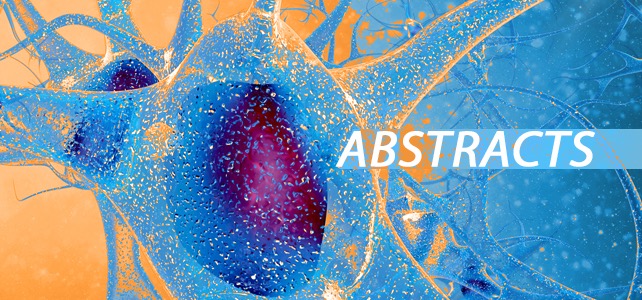Seizures and the Role of Anticonvulsants After Traumatic Brain Injury.
Abstract
Posttraumatic seizures are a common complication of traumatic brain injury. Posttraumatic epilepsy accounts for 20% of symptomatic epilepsy in the general population and 5% of all epilepsy. Early posttraumatic seizures occur in more than 20% of patients in the intensive care unit and are associated with secondary brain injury and worse patient outcomes. Most posttraumatic seizures are nonconvulsive and therefore continuous electroencephalography monitoring should be the standard of care for patients with moderate or severe brain injury. The literature shows that posttraumatic seizures result in secondary brain injury caused by increased intracranial pressure, cerebral edema and metabolic crisis.
Copyright © 2016 Elsevier Inc. All rights reserved.
KEYWORDS:
Continuous electroencephalography; Metabolic crisis; Nonconvulsive seizure; Posttraumatic seizure; Secondary brain injury; Seizure; Status epilepticus; Traumatic brain injury
- PMID:
- 27637399
- DOI:
- 10.1016/j.nec.2016.06.001

